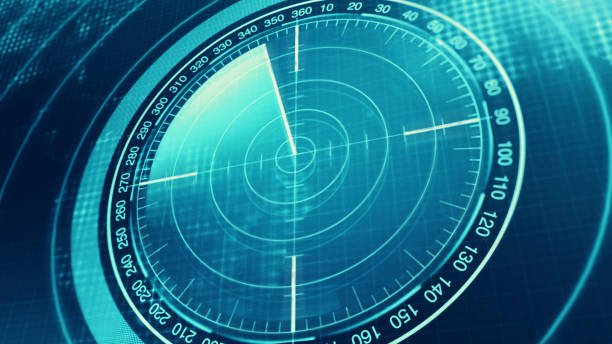Marine navigation was a daunting task in the past, reserved for seasoned sailors who relied on paper charts, compasses, and sextants. Today, technology has transformed this process, making marine navigation more accessible and efficient through the use of a marine navigation app.
These apps are game-changers for both seasoned mariners and enthusiastic novices. This post explores the evolution of marine navigation apps and guides, mastering their use to enhance maritime adventures. Let’s begin without delay!
The Evolution of Marine Navigation Apps
Marine navigation has advanced greatly since the early days of maritime exploration. Historically, sailors used paper charts and manual instruments to chart their courses.
While effective, these methods were cumbersome and required significant skill and experience. The advent of electronic navigation systems marked a significant turning point, introducing GPS and radar technology that made navigation more precise and user-friendly.
Marine navigation apps represent the latest evolution in this technological journey. These apps leverage GPS, electronic charts, and other technologies to provide real-time navigation assistance, weather updates, and detailed maritime information.
They have democratized access to high-quality navigation tools, making them available to both professionals and recreational sailors.
Getting Started with Marine Navigation Apps
The sheer range of features and options in marine navigation apps can be overwhelming for novices. Here’s a step-by-step guide to getting started:
1. Choose the Right App
Start by selecting a marine navigation app that fits your needs. Popular options include Navionics, iNavX, and Garmin ActiveCaptain. Consider factors such as chart coverage, compatibility with your device, and user reviews.
2. Familiarize Yourself with the Interface
Once you’ve chosen an app, spend time getting to know its interface. Explore its menus, settings, and tools. Most apps offer tutorials or help sections that guide you through the basics.
3. Load and Update Charts
Ensure that your app has the latest charts for your area of interest. Many apps offer in-app purchases or subscriptions for updated charts, so keep your data current.
4. Practice Navigation
Use the app to plan a route and practice navigating. Experiment with setting waypoints, drawing routes, and using the GPS features. The more you practice, the more comfortable you’ll become with the app’s functionalities.
5. Utilize Weather and Tide Data
Regularly check the app for weather forecasts and tide information before setting out. This will help you plan your trips more effectively and avoid potential hazards.
6. Learn from Others
Join online forums or local sailing groups to learn from experienced users. They can offer valuable tips and insights into using marine navigation apps effectively.
Advanced Tips for Mastering Marine Navigation Apps
As you gain confidence and experience, you can delve into more advanced features of marine navigation apps:
1. Custom Waypoints and Routes
Explore how to create custom waypoints and routes. This can be particularly useful for planning complex voyages or exploring unfamiliar areas.
2. Integration with Other Devices
Many marine navigation apps can be integrated with other devices, such as marine radios or autopilots. This integration can enhance your navigation capabilities and provide a more seamless experience.
3. Utilize Data Overlay
Some apps allow you to overlay different data types, such as weather patterns or AIS information, onto your charts. Experiment with these overlays to gain a more comprehensive view of your surroundings.
4. Regularly Review App Updates
Keep an eye on updates and new features from your app’s developers. Regular updates can provide new functionalities and improvements that enhance your navigation experience.
5. Backup and Sync Data
Ensure that your navigation data is backed up and synced across your devices. This can be crucial if you need to switch devices or encounter technical issues.
Conclusion
Marine navigation apps have revolutionized the way sailors navigate the seas, offering a wealth of features that make navigation easier and more accessible than ever before.
By selecting the right app, familiarizing yourself with its features, and regularly practicing your navigation skills, you can harness the full potential of these digital tools.
Whether you’re a casual sailor or a seasoned mariner, marine navigation apps can significantly enhance your maritime adventures, making your journeys safer, more enjoyable, and more efficient. So, set your course, embrace the technology, and confidently navigate.









